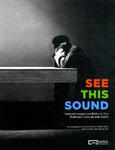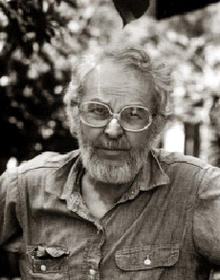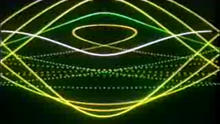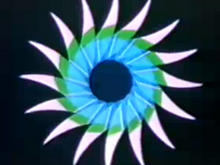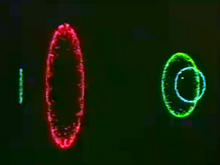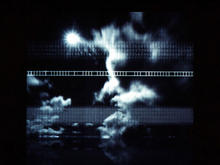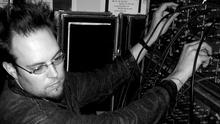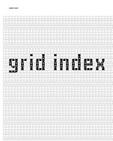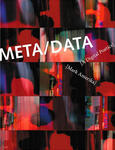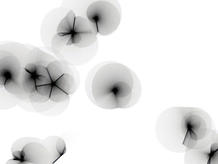Digital Harmony
(1980)– On the Complementarity of Music and Visual Art by John Whitney, Sr. is an treatise on the harmonic relationship between music and computer graphics containing explicit examples of computer code and connected philosophical ideas.
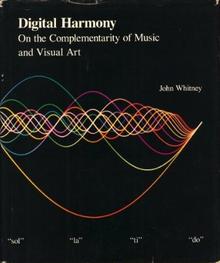
John Whitney, Sr. had an opportunity to work on the new high-powered digital computers between 1966 and 1969, when he was awarded a fellowship as artist-in-residence at IBM. Jack Citron programmed the IBM 360 Digital computers for him. His first computer generated film is rarely seen, but delightful. Whitney titled the film Homage to Rameau not only because Rameau wrote the baroque music heard on the soundtrack, but also to reference Rameau's book Treatise on Harmony. This text focused the direction of Whitney's aesthetic strivings, culminating in his 1980 book Digital Harmony.
Source: Animation World Magazine
John Whitney, Sr. wanted to create a dialog between "the voices of light and tone." All of his early experiments in film and the development of sound techniques lead toward this end. He felt that music was an integral part of the visual experience; the combination had a long history in man's primitive development and was part of the essence of life. "Painting and song share the earliest relationship in cave societies." His theories On the complementarity of Music and Visual Art were explained in his book, Digital Harmony, published by McGraw-Hill in 1980.
Source: Paradise 2012
ISBN-10: 007070015X
ISBN-13: 978-0070700154

